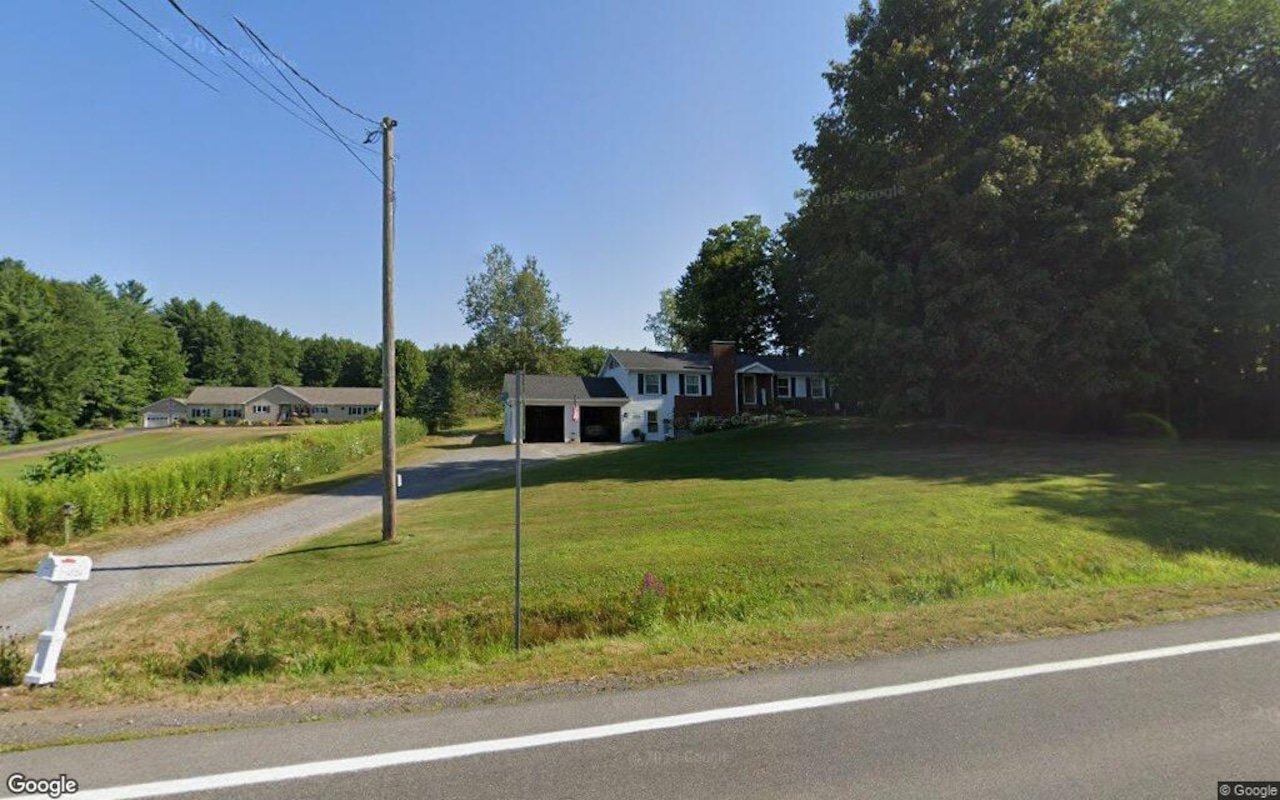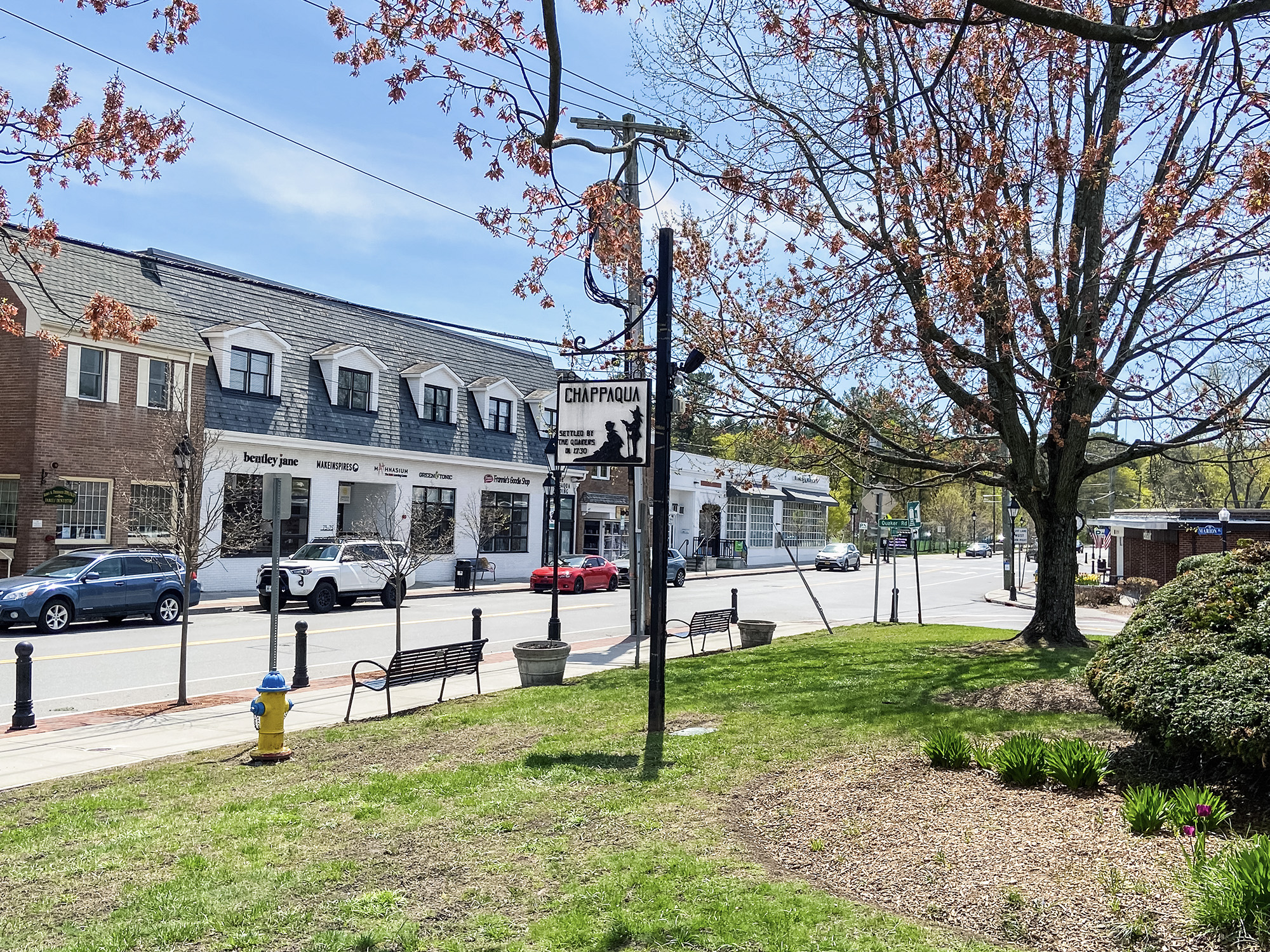T
he US insurance industry is facing a crisis, with many homeowners and business owners in certain regions struggling to find affordable coverage or being left without it altogether. This isn't a future projection, but a current reality driven by climate change.
Since 2017, extreme weather events like wildfires, hurricanes, and floods have become more frequent and severe, breaking traditional risk models and forcing insurers to reevaluate their operations. The result is a growing number of regions where home and commercial insurance has become unaffordable or unavailable.
Florida is a prime example, with multiple insurers fleeing the state due to stronger, wetter, and more frequent hurricanes. Homeowners have seen their policies canceled or premiums skyrocket, in some cases exceeding mortgage payments. California is also struggling, with destructive wildfires turning vast swaths of the state into an insurance pariah.
Louisiana, South Carolina, Texas, and parts of New England are also facing rising insurance turmoil, with reinsurance costs surging by nearly 40% in the US. For those who can't pay, policies are being dropped, leaving them unprotected in a worsening climate reality.
State-backed insurers of last resort have become the fallback option for many homeowners, but they're carrying liabilities that vastly exceed their original design. Florida's Citizens Property Insurance, for example, is so overburdened that it faces potential insolvency if another Hurricane Ian-level storm hits.
The real nightmare scenario is if a catastrophic event overwhelms these insurers, leaving taxpayers to foot the bill. FEMA, the federal agency responsible for disaster relief and flood insurance, is already stretched to its limits, with the National Flood Insurance Program (NFIP) currently $20 billion in debt.
Reforms have been introduced to increase premiums in high-risk areas, but they've done little to solve the underlying problem: flood risk is accelerating, and the cost of claims continues to outstrip premiums. Without significant intervention, the program could implode.
The Trump administration's plans to gut FEMA's funding and shift disaster response responsibilities to states could exacerbate the crisis, leaving millions of homeowners without viable insurance options. If FEMA is defunded or NFIP is dismantled, the next major disaster could trigger an economic catastrophe that extends far beyond the affected areas.
As insurance costs drive down home values in high-risk areas, buyers are walking away from deals when they discover their only insurance option is a prohibitively expensive state-backed plan. Mortgage lenders won't issue loans without insurance, effectively turning properties into stranded assets. Cash buyers are stepping in to scoop up properties at bargain prices, accelerating gentrification and widening the divide between those who can self-insure or absorb high premiums and those who are forced to abandon homeownership altogether.
The insurance crisis is a canary in the coal mine for climate adaptation. If insurers no longer believe certain places are livable, why should anyone else? In the coming years, we're likely to see a wave of climate-driven migration as homeowners abandon uninsurable properties for safer ground. Cities and states that take proactive measures to reinforce infrastructure, implement strict building codes, and invest in resilience will be the ones that attract investment and sustain property values.
For those who don't adapt, the retreat has already begun – unfortunately, it won't be managed retreat.














